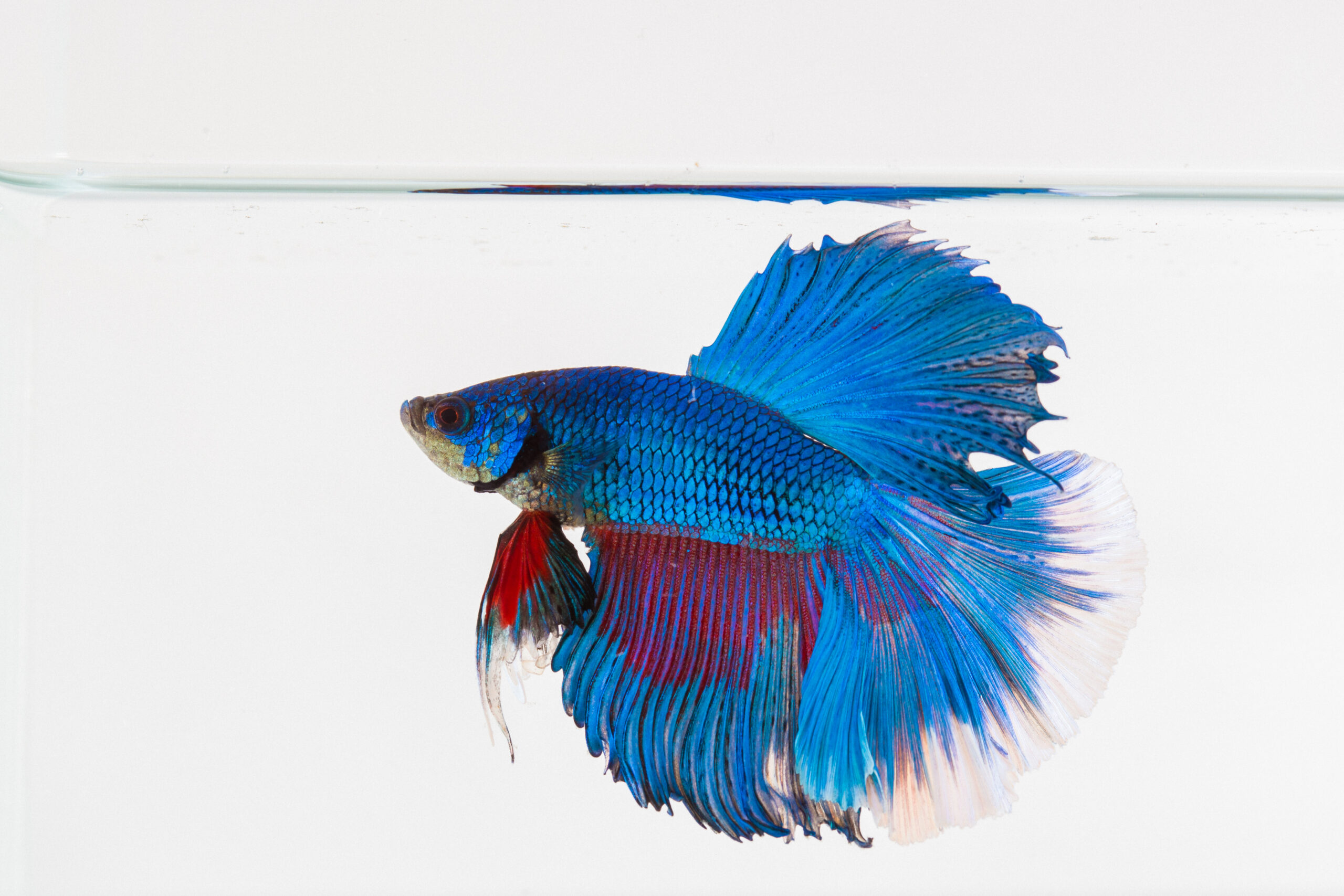Everything About Betta Fish: Comprehending Their One-of-a-kind Demands, Habits, and the Finest Practices for Optimum Treatment
Understanding the unique needs and habits of Betta fish is important for any kind of aquarist looking to give optimum treatment. These fascinating creatures, native to the warm waters of Southeast Asia, show distinct territorial tendencies and require details ecological conditions to grow. From choosing the right storage tank size to recognizing prospective health and wellness concerns, different elements dramatically influence their health. As we explore these elements better, the ramifications for both beginner and experienced fish caretakers become increasingly evident, increasing inquiries concerning how best to fit these amazing fish in our homes.
Betta Fish Overview
Although frequently admired for their vibrant colors and moving fins, Betta fish, medically called Betta splendens, are intricate animals that need certain like flourish. Originating from Southeast Asia, these freshwater fish are recognized for their territorial nature and one-of-a-kind actions. Betta fish display sexual dimorphism, with males displaying a lot more vibrant colors and longer fins than females.
Their hostile tendencies, particularly among males, demand mindful consideration when housing them. Bettas are often maintained in single-specimen tanks to stop territorial conflicts. They can exist side-by-side in harmony with specific compatible types in bigger area containers, supplied the environment fulfills their demands.

To guarantee optimal treatment, aquarists have to recognize their unique behavioral characteristics, dietary requirements, and environment demands. betta fish. With appropriate interest, Betta fish can show their vivid individualities and flourish in a well-maintained aquarium setup
Natural Habitat and Setting
Betta fish prosper in a diverse range of natural environments, largely located in the superficial waters of Southeast Asia, consisting of rice paddies, swamps, and slow-moving streams. These settings are defined by warm temperatures, typically in between 75 ° F and 82 ° F(24 ° C and 28 ° C ), and a pH level ranging from 6.5 to 7.5, which is ideal for their wellness and well-being.
In their natural environments, Betta fish are accustomed to dense vegetation, giving both sanctuary and breeding premises. The presence of plants such as drifting water lilies and thick turfs not only supplies security from predators but additionally adds to the oxygenation of the water, which is important for their respiratory system requirements. Additionally, these settings frequently have areas of still water, allowing Betta fish to exhibit their natural habits such as bubble nesting.
Understanding the natural habitat of Betta fish is important for aquarium enthusiasts. Replicating these problems-- through water temperature, pH balance, and the incorporation of online plants-- can significantly improve the total health and wellness and long life of these captivating fish, guaranteeing they thrive in a home aquarium setting.
Social Habits and Communications
Comprehending the social actions and interactions of Betta fish is necessary for successful aquarium monitoring. Betta fish, or Siamese fighting fish, are understood for their special behavioral attributes, defined primarily by territoriality and aggressiveness. Men, specifically, show very hostile behaviors towards each other, bring about the notorious credibility of Betta fish as competitors. In a constrained space, two males can participate in violent conflicts, often leading to injury or fatality.
Alternatively, women Bettas exhibit less aggressive behavior and can coexist in groups, called sororities, if introduced properly. It is essential to monitor their communications very closely, as power structure and supremacy can lead to disputes. Comprehending the dynamics within a Betta community is vital; developing concealing areas and guaranteeing ample space can minimize hostility.
Additionally, Betta fish may also present inquisitiveness and social habits towards various other varieties. While they can exist side-by-side with specific non-aggressive tank companions, it is important to choose suitable varieties to prevent anxiety and aggression. On the whole, identifying these social interactions is crucial to fostering a harmonious aquarium atmosphere for Betta fish.
Crucial Treatment Standards
Supplying appropriate look after Betta fish is essential to their health and wellness and well-being. To ensure a thriving environment, it is important to maintain ideal water problems. The water temperature level ought to be kept in between 76 ° F and 82 ° F(24 ° C to 28 ° C), while pH levels must range from 6.5 to 7.5. Routine water modifications-- roughly 25% weekly-- aid maintain water high quality.
Betta fish need an appropriate tank dimension; a minimum of 5 gallons is recommended to supply adequate room for swimming and hiding. Include designs and plants to produce a revitalizing environment, but prevent sharp objects that can hurt their delicate fins.

Lastly, guarantee the tank is equipped with read the article a filter to maintain the water tidy, however use a gentle filter to stay clear of solid currents that can worry the fish. By complying with these vital treatment guidelines, owners can advertise a healthy and balanced and dynamic Betta fish.
Common Health Issues and Solutions
In the care of Betta fish, understanding of common health and wellness issues is crucial for preserving their wellness. To treat fin rot, enhance water problems and think about making use of a broad-spectrum antibiotic.
One more usual ailment is ich, a parasitical infection characterized by white areas on the fish's body (betta fish). Therapy involves boosting water temperature and adding fish tank salt to the tank, as this can assist remove the parasite
Swim bladder condition is additionally frequently observed, causing buoyancy issues. This problem may develop from overfeeding or constipation. A fasting period of 24-48 hours, adhered to by a diet of blanched peas, can offer alleviation.
Finally, bettas might deal with velvet illness, shown by a gold dust-like look on their skin. Treatment usually calls for medication specifically developed for outside parasites, together with improved storage tank hygiene.
Normal tracking of water criteria, maintaining a clean atmosphere, and offering a well balanced diet plan are vital safety nets. By resolving these health and wellness issues immediately, Betta fish can lead healthier, much more vibrant lives.
Final Thought
In summary, successful betta fish treatment needs an understanding of their special demands and actions. Giving an ideal setting, consisting of proper storage tank size and water conditions, is vital for their health. In addition, identifying their territorial nature and making certain ample concealing areas can avoid hostility. Regular monitoring of wellness and water top quality, together with a balanced diet plan, contributes to the longevity and vibrancy of betta fish. Abiding by these standards will foster a thriving marine environment look at more info for these fascinating creatures.